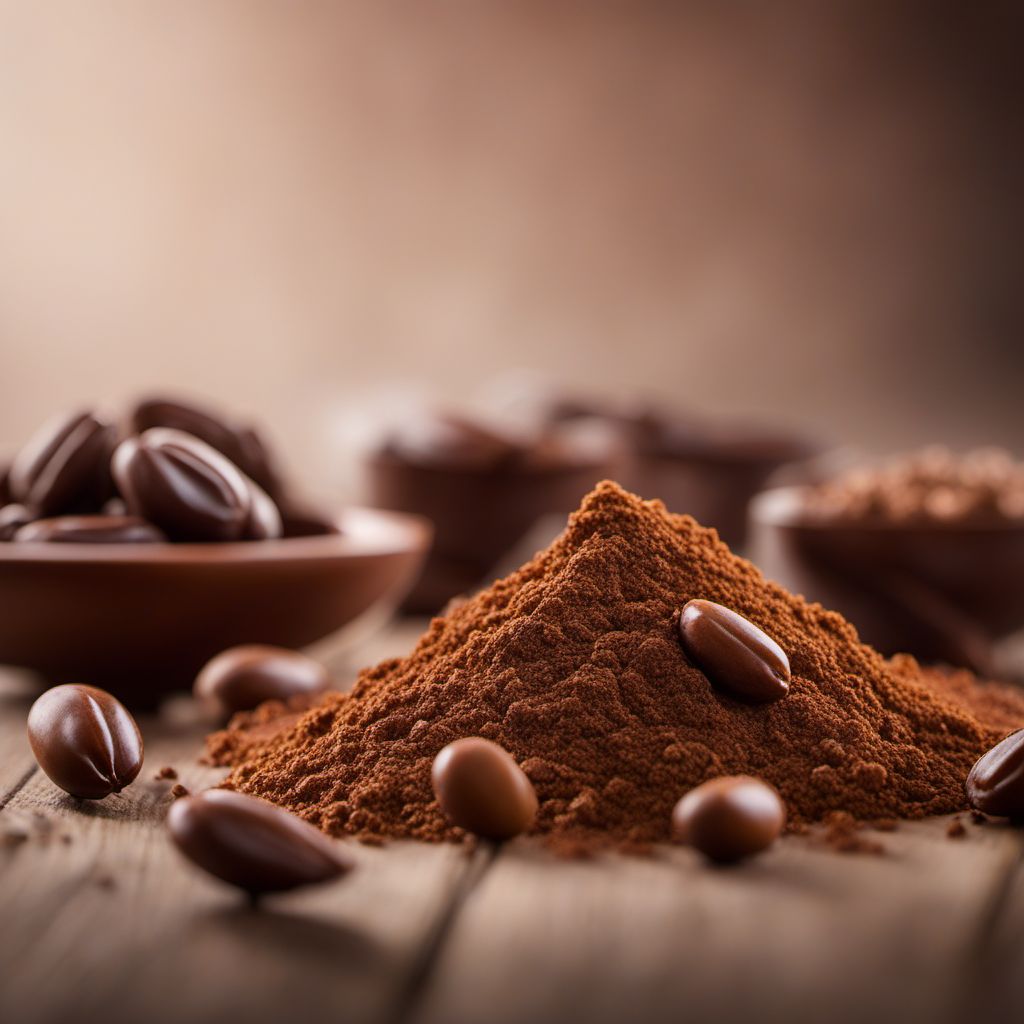
Ingredient
Carob flavouring
Carob Flavouring: A Natural Alternative
Carob flavouring is a powder or liquid extract made from the roasted and ground pods of the carob tree. It has a rich brown color and a sweet, earthy flavor with hints of caramel and honey. Unlike cocoa or chocolate, carob flavouring is naturally caffeine-free and lower in fat, making it a healthier alternative for those with dietary restrictions or preferences.
Origins and history
The carob tree, native to the Mediterranean region, has a long history of cultivation dating back to ancient times. It was highly valued for its pods, which were used as a food source and for medicinal purposes. Carob flavouring gained popularity as a cocoa substitute during World War II when chocolate was scarce. Today, it is widely used in Mediterranean, Middle Eastern, and health-conscious cuisines.
Nutritional information
Carob flavouring is low in calories and fat compared to cocoa or chocolate. It is a good source of dietary fiber and contains essential minerals such as calcium, potassium, and magnesium. Additionally, it is naturally caffeine-free and does not contain theobromine, making it suitable for individuals sensitive to these compounds.
Allergens
Carob flavouring is not known to cause allergies or intolerances. However, individuals with a history of carob allergies should exercise caution and consult with a healthcare professional if necessary.
How to select
When selecting carob flavouring, opt for high-quality products made from roasted and ground carob pods. Look for organic or natural options without any additives or artificial sweeteners. Consider the intended use, as some products may be more suitable for baking, while others are better for beverages or flavoring sauces.
Storage recommendations
To maintain the freshness and quality of carob flavouring, store it in an airtight container in a cool, dry place away from direct sunlight. Avoid exposure to moisture, as it can cause clumping. Proper storage can help preserve the flavor and aroma of the carob flavouring for an extended period.
How to produce
Carob trees can be grown in warm Mediterranean climates or in regions with similar conditions. They require well-drained soil and full sun exposure. As an amateur, you can grow a carob tree from a seed or purchase a young tree from a nursery. However, keep in mind that it takes several years for the tree to mature and produce pods suitable for making carob flavouring.
Preparation tips
Carob flavouring can be used as a substitute for cocoa or chocolate in various recipes. It is commonly used in baking, such as cakes, cookies, and brownies. It can also be added to smoothies, milkshakes, or hot beverages for a chocolate-like flavor. Additionally, it can be used to flavor sauces, dressings, or marinades.
Culinary uses
Carob flavouring is commonly used in Mediterranean and Middle Eastern cuisines. It is prevalent in countries such as Greece, Turkey, and Israel. It is also gaining popularity in health-conscious communities as a natural alternative to cocoa or chocolate.
Availability
Greece, Turkey, Israel
More ingredients from this category » Browse all

Fresh milk flavour
The Creamy Essence: Fresh Milk Flavor

Mild flavour
The Subtle Delicacy
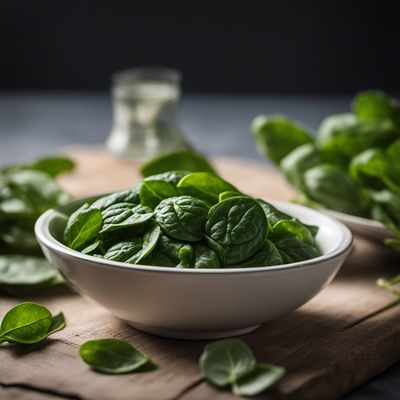
Spinach flavour
Vibrant Green Goodness
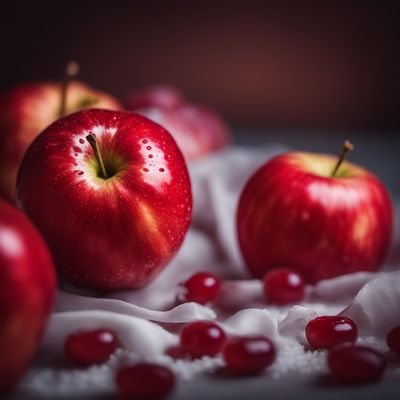
Apple red flavour
"The Vibrant Essence of Red Apples: A Burst of Flavor"

Sour cream cherry flavour
The Tangy Twist of Cherry Sour Cream
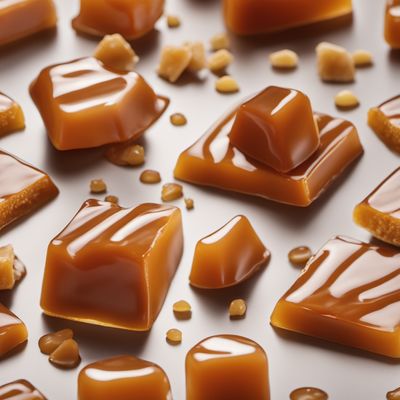
Caramel flavour
The Sweet Symphony of Caramel
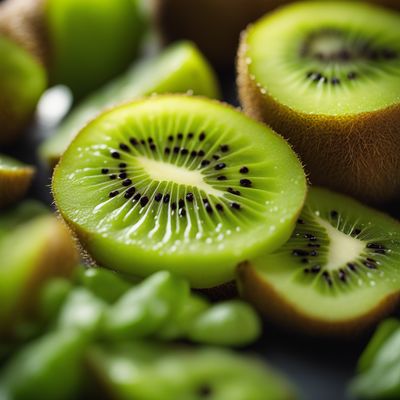
Kiwi flavour
The Tangy Delight
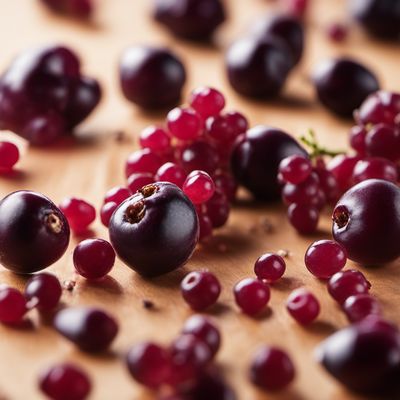
Cassis flavour
The Enchanting Essence of Blackcurrant

Roast flavour
The Essence of Savory Delight: Roast Flavour

Apple green flavour
The Vibrant Essence of Green Apples

Egg yolk flavour
Golden Essence: Unleashing the Richness of Egg Yolk

Mastic gum flavour
The Essence of Mastic